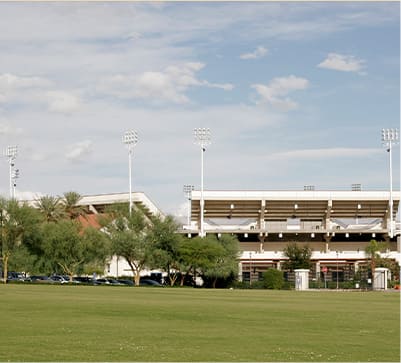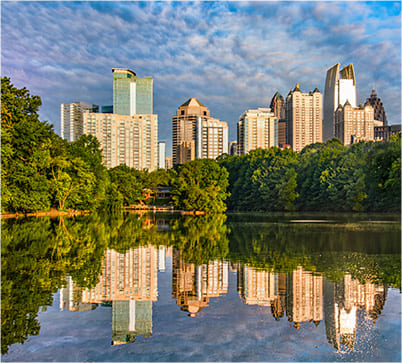AN OVERVIEW OFCollege Station
LOCATIONAlong with its neighboring city, Bryan, which is less than five miles away, College Station makes up most of the metropolitan area at the center of Brazos County, a region situated on the eastern side of Central Texas. Adjacent localities include Brenham, Huntsville, Tomball, and Conroe. College Station is also surrounded by major cities of the Texas Triangle – Austin and San Antonio lie a couple of hours to the west, Houston is to the south, while a longer drive to the north leads to Fort Worth and Dallas.
Across a total land area of 49.44 square miles, the modernized sections of the city seamlessly blend with the flat, expansive terrain of the Brazos Valley. The nearest bodies of water reside in neighboring communities, keeping College Station primarily landlocked.
POPULATIONRecent figures from the US Census show that College Station is home to a population of over 120,000, and this number is associated only with residents of the city.
Texas A&M alone has a student population of over 75,000 while the Bryan, TX campuses of Blinn College and RELLIS have a combined estimated population of almost 10,000 as of Fall 2023. That said, College Station brims with activity and youthful energy, given the volume of students from these campuses flocking to the city. But when school’s out, this is when the College Station residents have the city to enjoy for themselves at a more subdued pace.
Another thing to look at is the strong ties between College Station and Bryan. The two cities are bonded together to form the Bryan-College Station metropolitan area, and this relationship tends to blur the lines in terms of population density. Bryan, on its own, has a population of almost 88,000. Given the total combined population of the two cities, it’s not difficult to see why there’s a tendency to overestimate either city’s population density.
CLIMATEThe subtropical climate in College Station translates to hot, humid summers and mild winters. Temperature highs usually exceed 90 degrees Fahrenheit, while lows seldom go below freezing.
An intermediate amount of precipitation is expected yearly but this is mostly due to rainfall, as snow and ice are rare. College Station lies just outside of the hurricane zone, so it occasionally feels the fringe effects of hurricanes and tropical storms that travel over the Gulf of Mexico and the Pacific Ocean.
HISTORYThe city was formed in response to the establishment of the Texas Agricultural and Mechanical University (Texas A&M or TAMU), the state’s first public institution for higher learning. TAMU opened in 1876 in a fairly remote location, prompting administrators to have facilities built for employees. Community development took off from there and eventually reached a point where a municipal government was needed. Hence, College Station was incorporated as a city in 1938.
Because so much of the city’s identity is intertwined with the university, it is also referred to as Aggieland, TAMU’s official nickname that was derived from the area’s agricultural roots.














